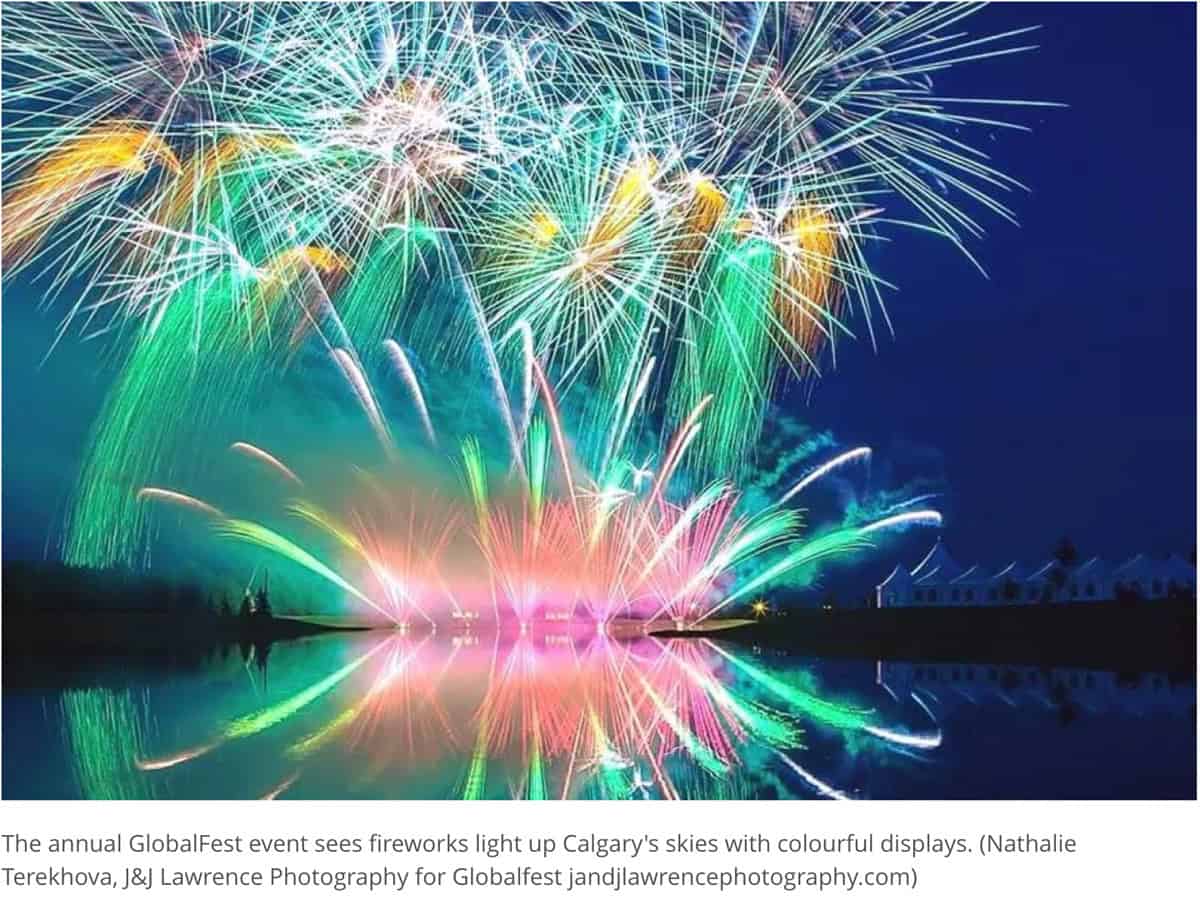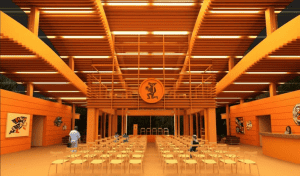
Amidst a heatwave that continued into late August, I was inspired to write Part 1 of this article during the Honda Celebration of Light, an annual fireworks competition here in Vancouver. (Team Canada won! You can watch their dazzling display in this local news clip.)
Although we’re now on the other side of Labour Day and the school year has begun, summer’s not quite over in our city, and—tentatively—neither are fireworks. Vancouverites and holiday visitors might want to read about plans for a relaunch of pyrotechnically-enhanced New Year’s Eve festivities. If by chance you’re a West End or False Creek resident and prefer your ring-in muted, remember that December 31 is a great time to close your windows.
Vancouverites have also traditionally “enjoyed” (yes, those were ironic air quotes) unofficial and spontaneous fireworks action on Halloween night and the evenings surrounding it. However, considerable property damage and an ensuing deluge of complaints prompted a 2021 citywide ban on consumer fireworks. This resulted in a far less destructive—though reportedly, still loud—Halloween last year.
Just how much noise do fireworks emit?
Fireworks can raise background noise levels by several dozen dB, with peak sound levels of up to 137 dB.1
To put this into context, City of Vancouver Noise Control By-law #6555 defines background noise as “noise the receiver would experience in the absence of the intruding noise, measured at the same point as the intruding noise for a period of three minutes.” Imagine listening to your blender or food processor for longer than a minute, and you’ll likely agree that, at 94dB, they don’t make for a safe background noise level.2
The American Speech-Language-Hearing Association (ASHA) sets 85dB as the upper limit of safe sound level; with that in mind, it’s easy to conclude that fireworks, in the absence of preventative measures, can definitely compromise hearing safety.
Maximum background sound levels from fireworks can be as high as 95-97 dB for spectators.1
Health risks related to fireworks noise
As well as potentially causing hearing damage including tinnitus, temporary—or even permanent with repeated exposure—hearing loss, and eardrum perforation, fireworks noise can pose numerous health risks—emotional as well as physical—to both people and animals.
A 2019 Scottish government review of international fireworks legislation impacts cites evidence that:
- Peak sound levels from fireworks are more harmful than increased background noise levels.
- Young people and pregnant women may be particularly at risk, as the maximum peak sound level limit is set at 5 dB lower for these groups.
- The loud noise created by fireworks can cause distress to those with noise sensitivity, including autistic people.
- The fear response to noise from fireworks can have adverse impacts on animals, though most research is based on studies with dogs.
In a CBC News article titled How fireworks can affect your health and the ecosystem, journalist Maggie Macintosh writes “No matter its length, a firework display’s sounds can trigger panic for some Calgary residents — including vulnerable populations, as well as wildlife and domestic pets.”
“Refugees from war-torn countries like Syria and Sudan are at a particular risk of feeling fear and anxiety,” said Admasu Tachble, a settlement and integration program lead at the Centre for Newcomers in Calgary.3
“Loud bangs, flashing lights that we experience in fireworks would reawaken bad memories that they have had in their respective countries of origin,” Tachble said. “Most refugees come to Canada after experiencing actually lots of traumatic experiences.”3
Of creatures great & small, wild & domesticated
Researchers quoted in Maggie Macintosh’s article3 and those cited in the Scottish government publication1 have found that fireworks noise correlates to anxiety, disorientation, stress and fear in animals. I recommend both reads for a deeper dive into these findings; they’re listed below under References.
Enjoying fireworks safely
HearCANADA suggests the following tips to protect your hearing from fireworks:
- Keep a safe distance. View from at least 500 feet away from the fireworks launch site.
- If you are experiencing ringing in your ears or any other ear discomfort, leave.
- Avoid rockets, mines and other fireworks created to make as much noise as possible. Quieter options include fountains, wheels, falling leaves and comets designed for spectacular visual display but with less noise.
- Remember that children’s ears are more sensitive and infants should not be exposed at all. An infant’s ear canal is much smaller than a child’s or adult’s, so the sound pressure entering the ear is greater. What might not sound that loud to an adult can sound up to 20 decibels louder to an infant.
Can fireworks noise be mitigated or eliminated altogether?
Remote launch platforms could reduce fireworks noise impact on operators. If pyrotechnicians could use remote launching devices 20-30 m from the launch site this could reduce the peak sound levels that they are exposed to by approximately 35 dB, keeping them under harmful levels (Tanaka et al., 2016).1
As far as the protection of surrounding human and wildlife habitats goes, quiet fireworks technology does exist. The Canadian towns of Banff and Canmore are among the increasing numbers of global communities to ban traditional fireworks displays in favour of low-noise options. Journalist Jack Hauen explains in a Globe & Mail article published (fittingly) on Canada Day, 2018:
Making quiet fireworks is a fairly straightforward feat of engineering. Fireworks consist of two stages: the propellant charge, which shoots it into the air, and the main body, which contains an explosive charge and the material that makes the pretty patterns. You can control how loud the firework is by changing the chemical composition of the explosive charge and how tightly you wrap it, just as you can control the colours and patterns.
So, now you know what we know about noise mitigation as it pertains to fireworks. As always, we warmly welcome you to contact us to discuss anything sound, vibration, or noise related.
We pride ourselves on our abilities to mitigate and—most importantly—prevent troublesome noise. But we’re not going anywhere near explosives.
References
1 “Fireworks legislation and impacts: international evidence review.” Scottish Government Publications. October 4, 2019. https://www.gov.scot/publications/fireworks-legislation-impacts-international-evidence-review/pages/4/
2 “Loud Noise Dangers.” ASHA (American Speech-Language-Hearing Association). https://www.asha.org/public/hearing/loud-noise-dangers/
3 “How fireworks can affect your health and the ecosystem.” CBC.ca News. July 20, 2019. https://www.cbc.ca/news/canada/calgary/calgary-fireworks-environment-wildlife-human-health-concerns-1.5218006



